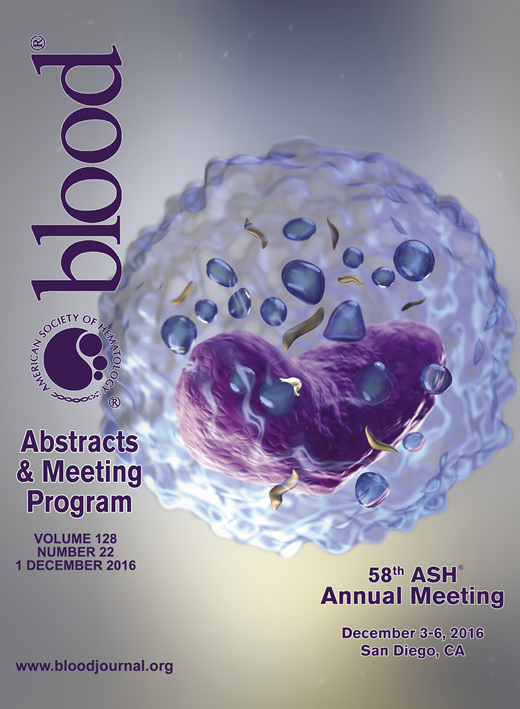Abstract
Many Sickle cell disease (SCD) manifestations begin at an early age and with wide inter-individual variability. High Density Red Blood Cells (DRBCs) are a specific feature of SCD, assessed with phthalate density distribution method. RBCs dehydration causes higher polymerisation of hemoglobin S and sickling, and their percentage is associated to chronic organ damage and hemolysis in adults. The spleen is one of the first altered organs, with considered complete asplenia around the age of five.
We assessed the percentage of DRBCs (%DRBCs) in 50 children followed in the Créteil Paediatric Sickle Cell Referral Centre. Eligible patients had hemoglobin SS or Hemoglobin S-β0 thalassemia, without recent blood transfusion. Endpoints were the %DRBCs, its correlation with hemolytic parameters, with splenic function, with clinical manifestation.
In this first prospective study in pediatric population, %DRBCs was associated with age, with particular low rate before the age of four.
%DRBCs was significantly associated with enhanced haemolysis: higher total bilirubin, higher reticulocytes count, and lower hemoglobin. The results concerning LDH and ASAT were more questionable. A higher %DRBCs was associated with a lower hemoglobin F percentage.
The percentage of Pitted cells, reflecting spleen function, was correlated with %DRBCs in a univariate analysis.
There was no association between %DRBCs and vaso-occlusive symptoms, as expected. No statistical correlation has been found between intracranial velocity and %DRBCs. Among the five patients suffering from chronic complications related to hemolysis (kidney disease, priapism), 4 had high %DRBCs.
Thus, DRBCs appearance seems to be related to the impairment of the spleen function. As in SCD adults, anemia and hemolytic markers are associated with high %DRBCs. Longitudinal analysis, with DRBC measurements before any treatment intensification, in a larger population, will be the key to evaluate the prognostic value of DRBCs for organ damage.
No relevant conflicts of interest to declare.
Author notes
Asterisk with author names denotes non-ASH members.

